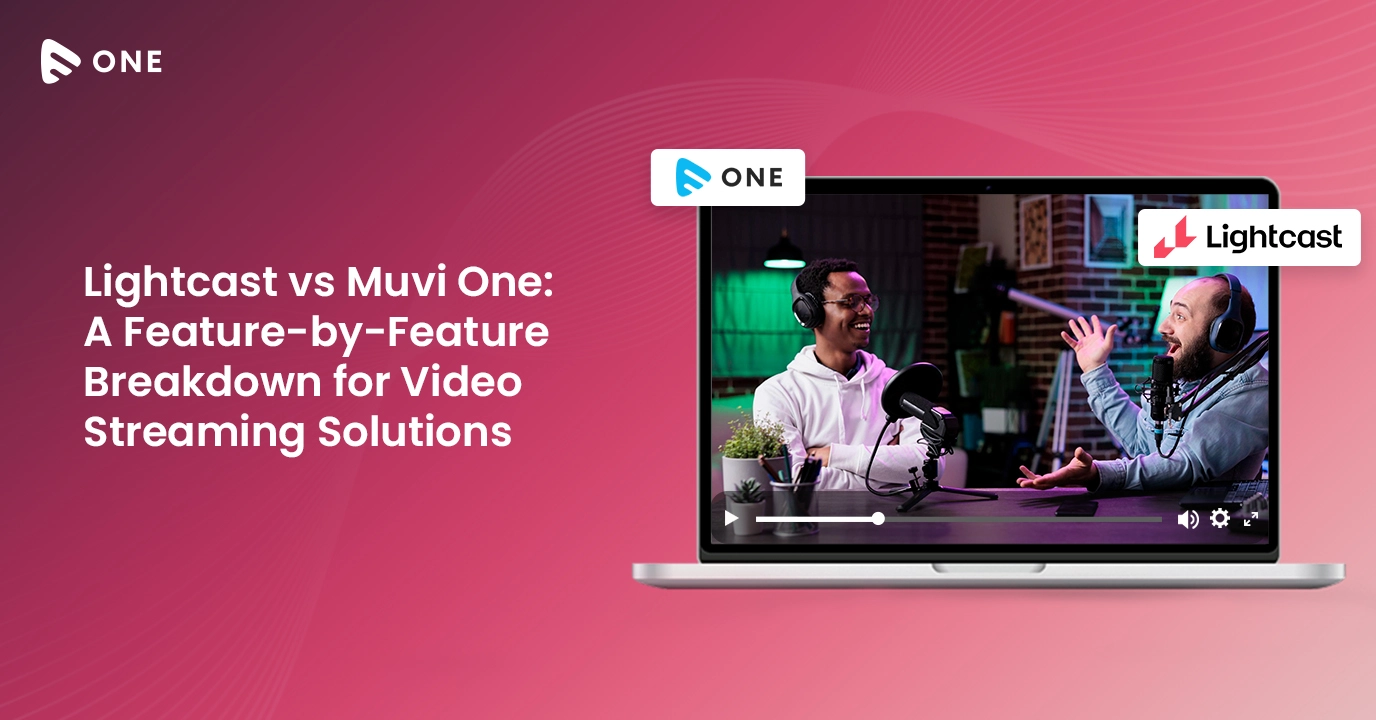Written by: Roshan Dwivedi
It’s the most wonderful time of year for football fans and the broadcast companies that leverage live telecasts of games on the gridiron into windfalls of revenue. While football is king in terms of attracting the largest TV sports audiences, sports programming in general has become a highly coveted, lucrative business. And it’s a business that is rapidly evolving with changes that will likely impact how fans are able to watch their favorite team and how much it may cost. Sports programming is a valuable product because it’s one of the last broadcast assets that people want to view live, leading many to label sports programming as “DVR-proof.”
The challenge moving forward for broadcasters such as ESPN will be how to strike a balance between reaching the growing population of OTT video services (and other alternative and emerging media) viewers, while not eroding the currently more lucrative population of existing pay-TV viewers. According to an August report in The Wall Street Journal, ESPN has lost more than 6% of its viewers since 2011. The same report highlights how media companies in general are feeling the viewer exodus from traditional pay-TV in the form of stagnant or declining revenues that are negatively impacting their stock prices. While it’s hard to say exactly where the sports broadcasting market is headed, there is little doubt that it is changing, and that there remains a huge appetite locally and nationally for watching football and other sports. That alone ensures that the market will adjust, as it must.
Sports fans will simply have to “stay tuned” to determine the easiest and most cost-effective way to watch their favorite team.
Read the entire story here.















Add your comment